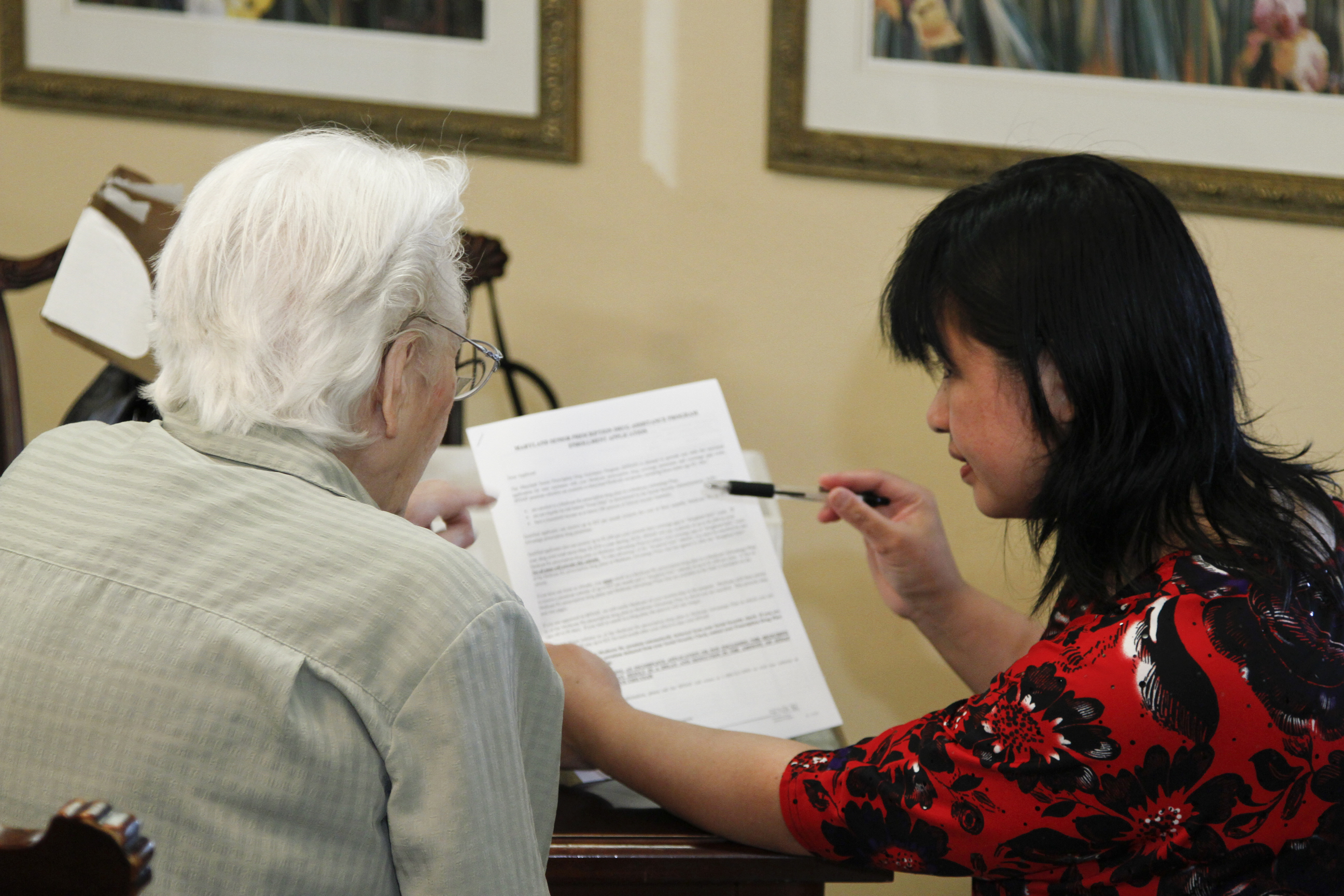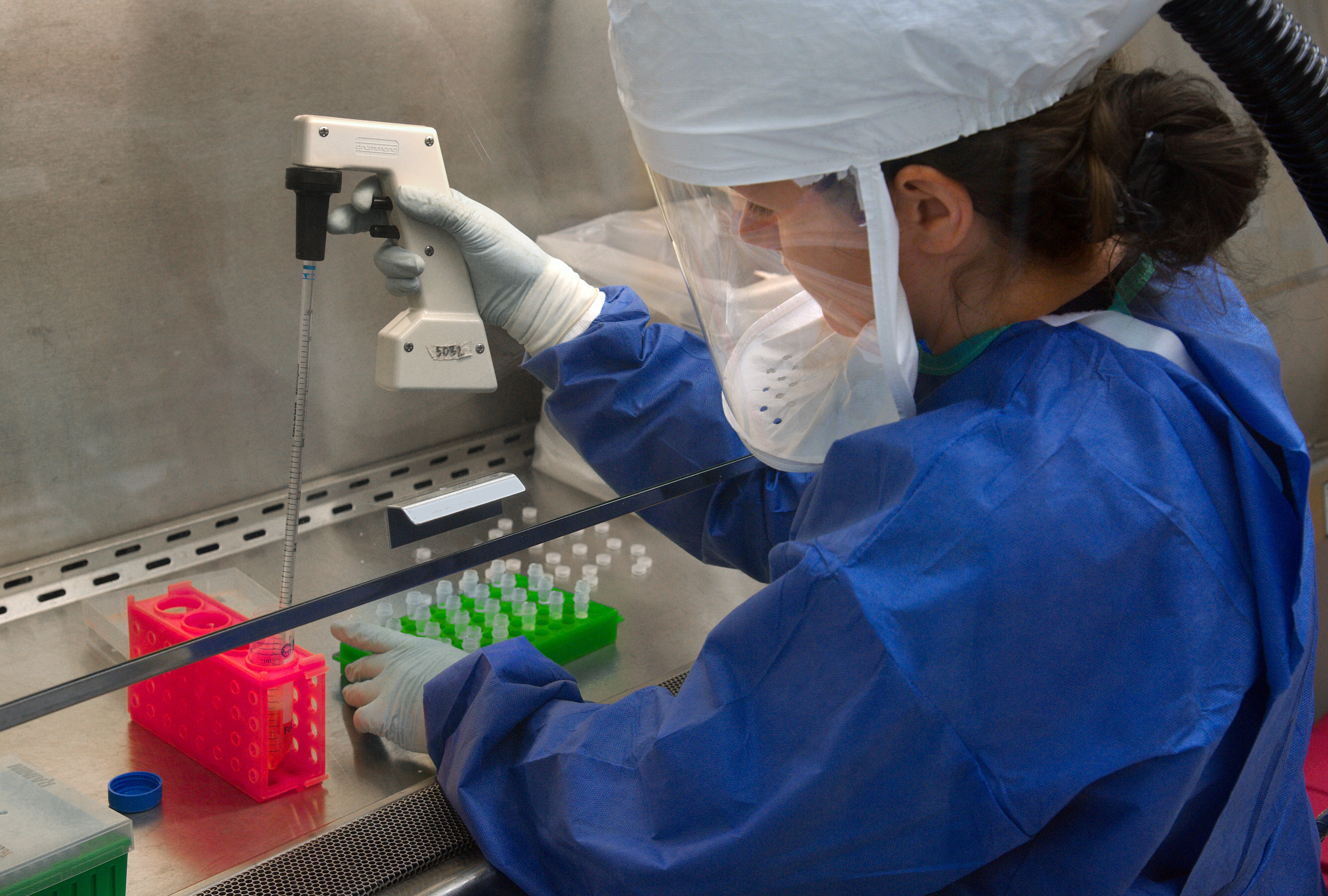Difference between revisions of "Main Page/Featured article of the week/2014"
Shawndouglas (talk | contribs) (Added last article.) |
Shawndouglas (talk | contribs) (Updated.) |
||
| Line 12: | Line 12: | ||
<!-- Below this line begin pasting previous news --> | <!-- Below this line begin pasting previous news --> | ||
<h2 style="font-size:105%; font-weight:bold; text-align:left; color:#000; padding:0.2em 0.4em; width:50%;">Featured article of the week: May 19–25, 2014:</h2> | |||
<div style="padding:0.4em 1em 0.3em 1em;"> | <div style="padding:0.4em 1em 0.3em 1em;"> | ||
<div style="float: left; margin: 0.5em 0.9em 0.4em 0em;">[[File: | <div style="float: left; margin: 0.5em 0.9em 0.4em 0em;">[[File:Woman reading.jpg|280px]]</div> | ||
An '''[[assisted living facility]]''' ('''ALF''') (sometimes referred to as an '''assisted living residence''' or '''adult living facility''') is a housing facility for people with disabilities. The ALF acts as an intermediary step between independent living and a [[skilled nursing facility]], offering health and care assistance while also promoting people's desire for independent activity. These facilities provide supervision or assistance with activities of daily living (ADLs); coordination of services by outside health care providers; and monitoring of resident activities to help to ensure their health, safety, and well-being. | |||
In the United States, the [[Centers for Medicare and Medicaid Services]] (CMS) requires states to report on oversight methodologies and asks states to survey whether residents are getting appropriate care; however, the assisted living facility has largely been unregulated at the federal level, leaving the states to regulate and license them. More than two-thirds of the states use the licensure term "assisted living." Other licensure terms used for this philosophy of care include residential care home, assisted care living facilities, and personal care homes. ('''[[Assisted living facility|Full article...]]''') | |||
</div> | </div> | ||
|- | |- | ||
| Line 28: | Line 26: | ||
The differences between an EHR and an [[electronic medical record]] (EMR) differ from entity to entity and from country to country. For example, the [[United States Department of Health and Human Services|U.S. Department of Health and Human Services]] (HHS) notes that despite the interchanging of the terms "EMR" and "EHR," it considers them two separate entities: the EMR came first, used primarily by medical clinicians for diagnosis and treatment, while the EHR came into existence as a more holistic, inclusive collection of a patient's health data. ('''[[Electronic health record|Full article...]]''') | The differences between an EHR and an [[electronic medical record]] (EMR) differ from entity to entity and from country to country. For example, the [[United States Department of Health and Human Services|U.S. Department of Health and Human Services]] (HHS) notes that despite the interchanging of the terms "EMR" and "EHR," it considers them two separate entities: the EMR came first, used primarily by medical clinicians for diagnosis and treatment, while the EHR came into existence as a more holistic, inclusive collection of a patient's health data. ('''[[Electronic health record|Full article...]]''') | ||
</div> | |||
|- | |||
|<br /><h2 style="font-size:105%; font-weight:bold; text-align:left; color:#000; padding:0.2em 0.4em; width:50%;">Featured article of the week: May 5–11, 2014:</h2> | |||
<div style="padding:0.4em 1em 0.3em 1em;"> | |||
<div style="float: left; margin: 0.5em 0.9em 0.4em 0em;">[[File:CDC scientist transfers H7N9.png|280px]]</div> | |||
A '''[[public health laboratory]]''' is a [[laboratory]] that serves regional, national, or in some cases global communities by providing clinical diagnostic testing, environmental testing, disease diagnosis and evaluation, emergency response support, applied research, regulation and standards recommendations, laboratory training, and other essential services to the communities they serve. | |||
A public health laboratory is unlike the average commercial laboratory as it functions as a core part of a broad public health system. The public health laboratory must typically meet more stringent requirements, including adhering to the [[Clinical Laboratory Improvement Amendments]] (CLIA) (for labs in the United States) as well as regulations laid out by the departments, agencies, and other regulatory bodies of local, state, and/or national governments. Finally, the private [[clinical laboratory|medical laboratory]] focuses on tests that diagnose the diseases of individuals, while the functions of the public health laboratory serve entire populations. | |||
On a global level, the public health laboratory is influenced and supported by the the World Health Organization (WHO) and the Association of Public Health Laboratories (APHL). In the U.S. they are influenced, overseen, and/or regulated by several federal agencies. ('''[[Public health laboratory|Full article...]]''') | |||
</div> | </div> | ||
|- | |- | ||
Revision as of 15:10, 27 May 2014
Featured article of the week archive - 2014
Welcome to the LIMSwiki 2014 archive for the Featured Article of the Week.
Featured article of the week: May 19–25, 2014:An assisted living facility (ALF) (sometimes referred to as an assisted living residence or adult living facility) is a housing facility for people with disabilities. The ALF acts as an intermediary step between independent living and a skilled nursing facility, offering health and care assistance while also promoting people's desire for independent activity. These facilities provide supervision or assistance with activities of daily living (ADLs); coordination of services by outside health care providers; and monitoring of resident activities to help to ensure their health, safety, and well-being. In the United States, the Centers for Medicare and Medicaid Services (CMS) requires states to report on oversight methodologies and asks states to survey whether residents are getting appropriate care; however, the assisted living facility has largely been unregulated at the federal level, leaving the states to regulate and license them. More than two-thirds of the states use the licensure term "assisted living." Other licensure terms used for this philosophy of care include residential care home, assisted care living facilities, and personal care homes. (Full article...)
|












